The Grand Canyon
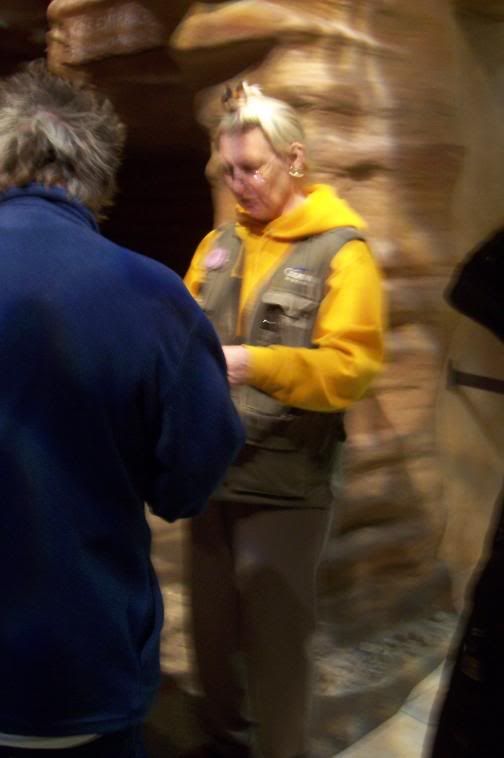
The entire staff was dressed in paleontologist gear. I was amused because my adviser once told me that you had to have your PhD before they gave you your vest. I do not think that these staff members have their PhDs...
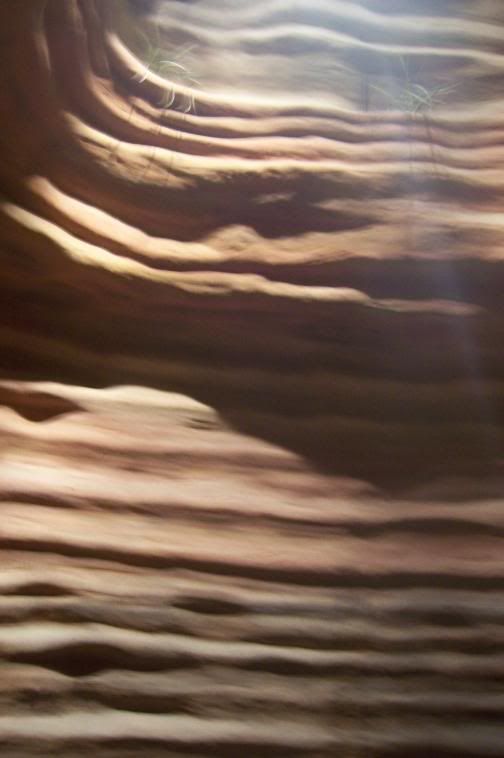
A wall of the grand canyon, in the direction that the adults were supposed to go. You can see the strata in the wall.
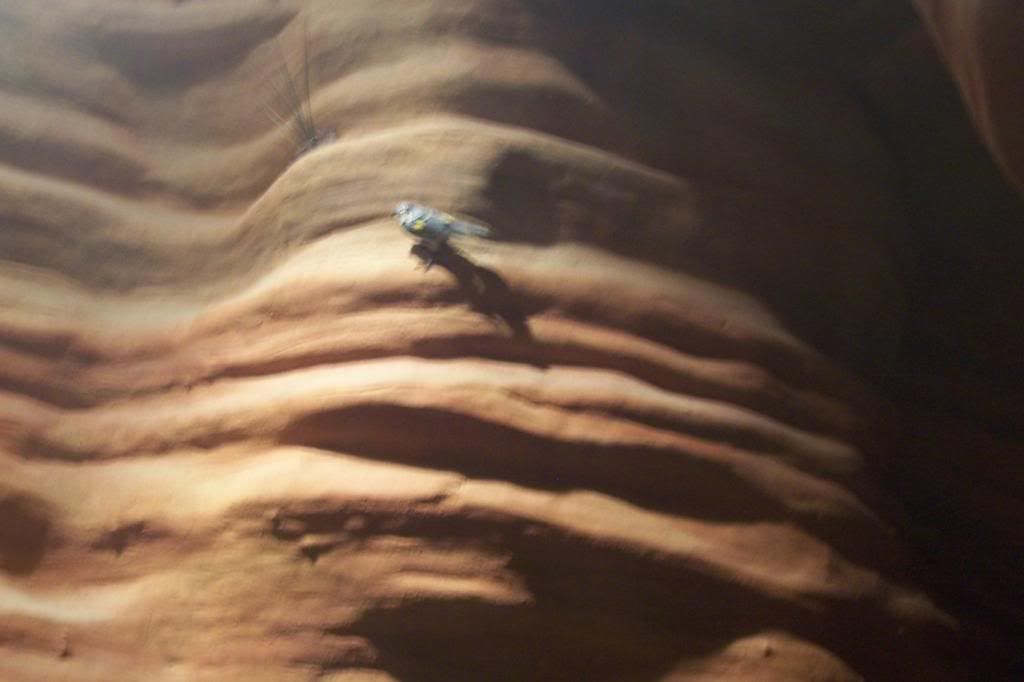
And there is a bird.
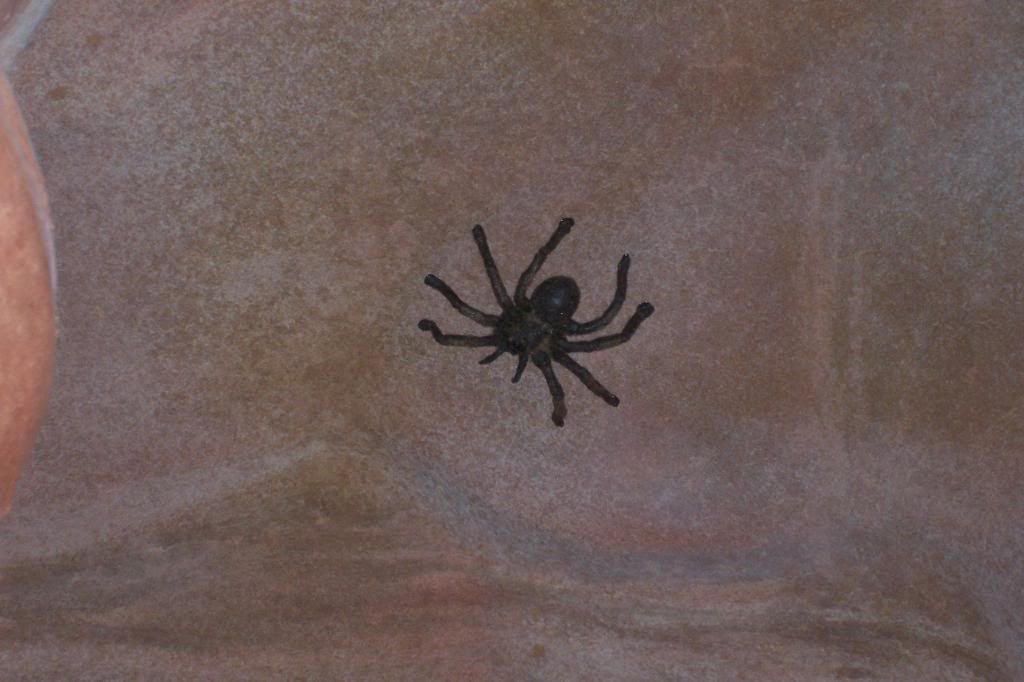
And a huge spider up on the ceiling.

This is a picture of how canyons are carved. There was a video accompanying this image. It discussed how Mt. Saint Helen's mudflows had created deep rifts in rock. There had been a "canyon" formed out of soft rock in a matter of hours, while one was created out of hard rock in 4 years. This explains how the grand canyon could have been carved in a small amount of time during, or just after, the great flood, instead of over millions of years by the uprising of the shelf and the
Paleontology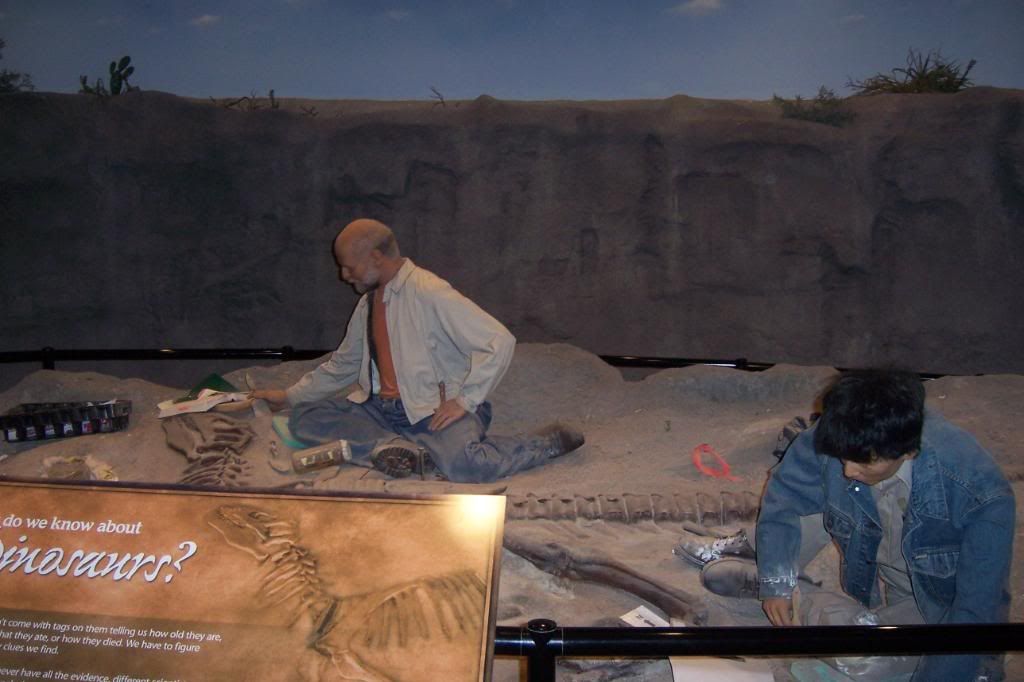
The first problem- all paleontologists wear hats. No, seriously, especially if they are out in the desert and they are bald. Lord knows the sunburn on a scalp is the nastiest of all.
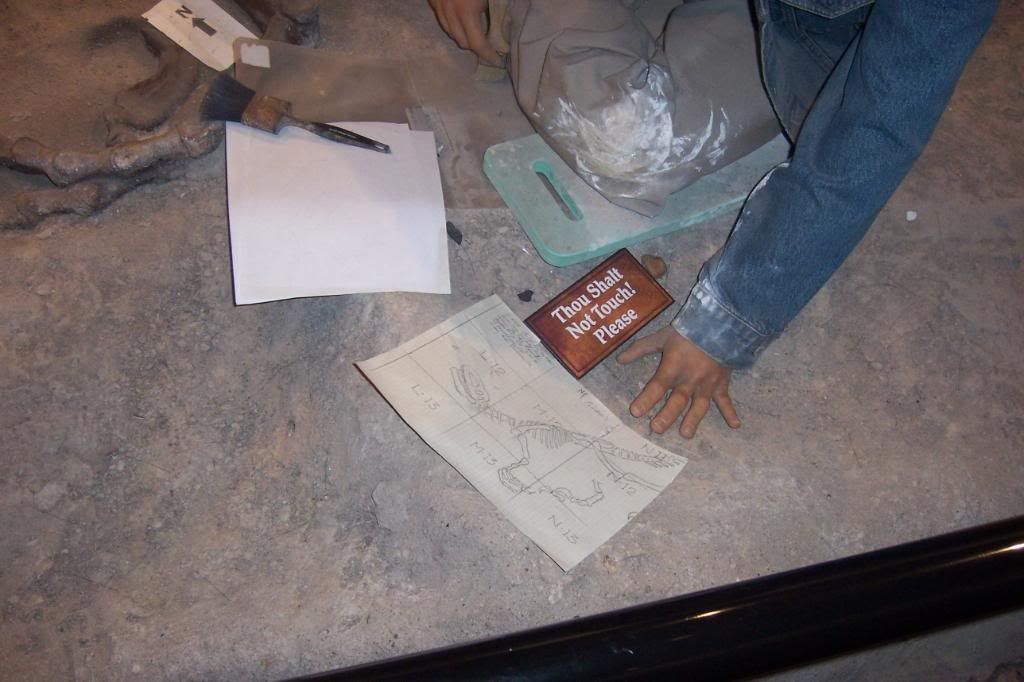
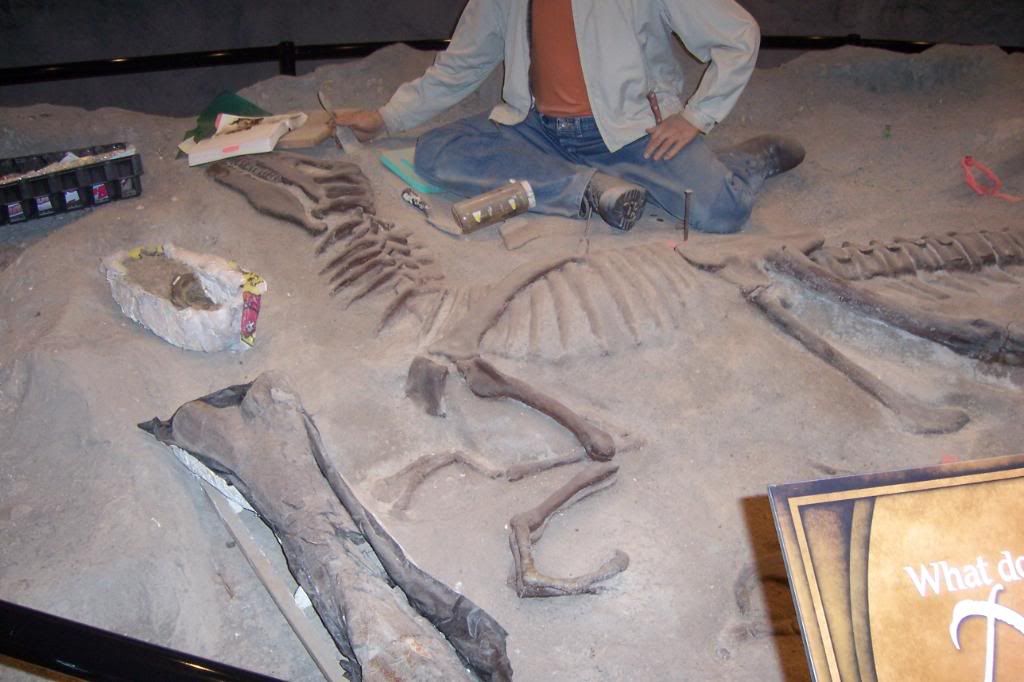
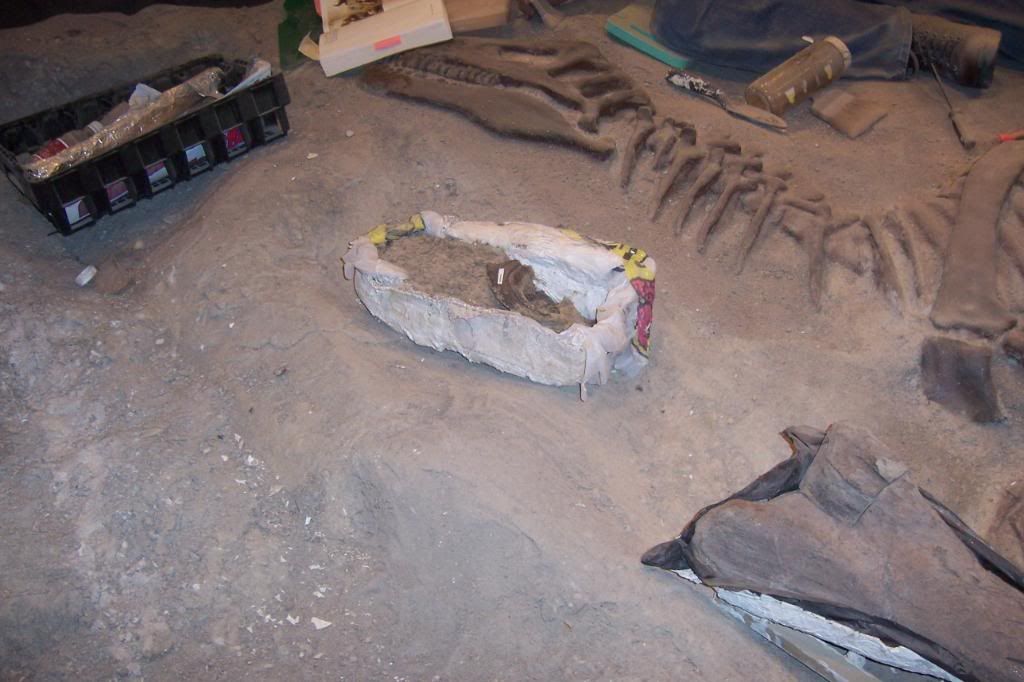
Other than the missing hats, this is actually a relatively good depiction of what happens on a paleontological dig. There are schematics made and the entirety of the fossil will be removed and taken to a museum or university somewhere. Of course, it is very rare that you find fossils in this perfect of an orientation or in this good condition. As a mammalian paleontologist, we usually find nothing but teeth. Though this is rare, it does happen, so depicting it in this manner is not blatant falsification.
There is also a video going on in the background. They show a Bible-based paleontologist who is happy, clean, and wearing a white coat. The other paleontologist is not Bible-based, and he is sad, dirty, and working like a dog.
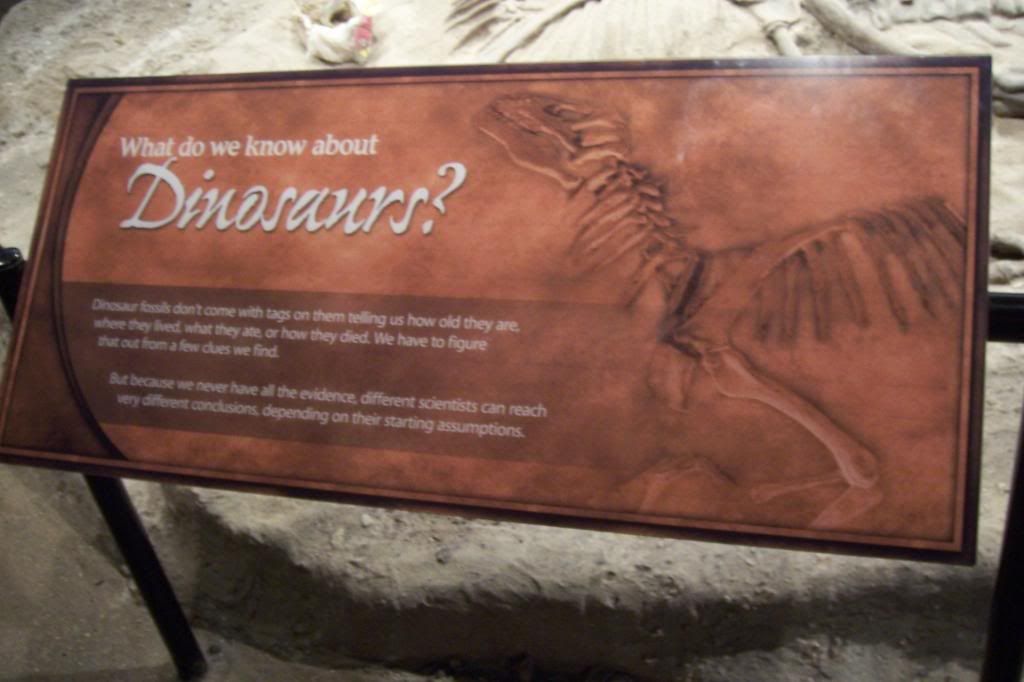
What do we know about dinosaurs? Actually a whole lot. Those conclusions that scientists make are often validated by information from other scientists work. It is true that some information means different things to different scientists, but this is part of the scientific process. If scientists never disagreed, we would never learn anything new. The most ground-breaking discoveries and theories that completely change how we look at the world are often contradictions
Mountain Lion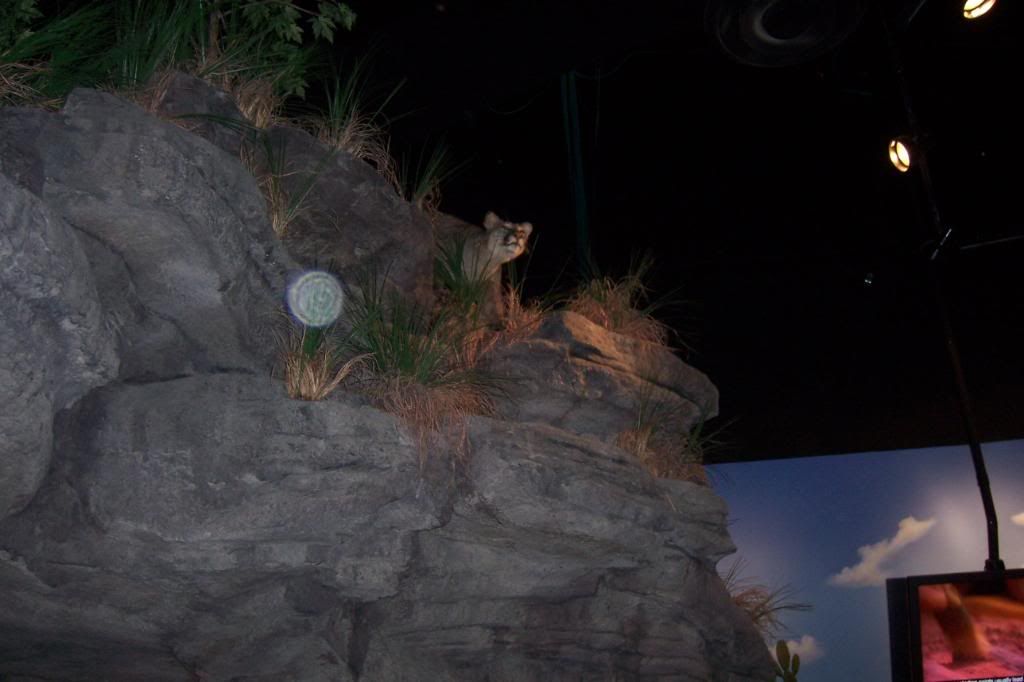
There is also a mountain lion laying in wait to take out our poor, unsuspecting paleontologists.
Sapphires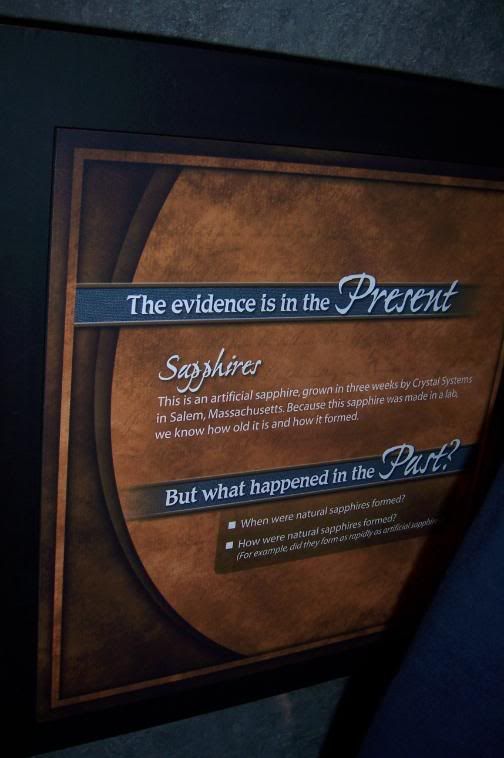
Sapphires can be created in a lab, but they are usually mined. I am not a geologist, so I do not have much specific information on this area of study.
Archaeopteryx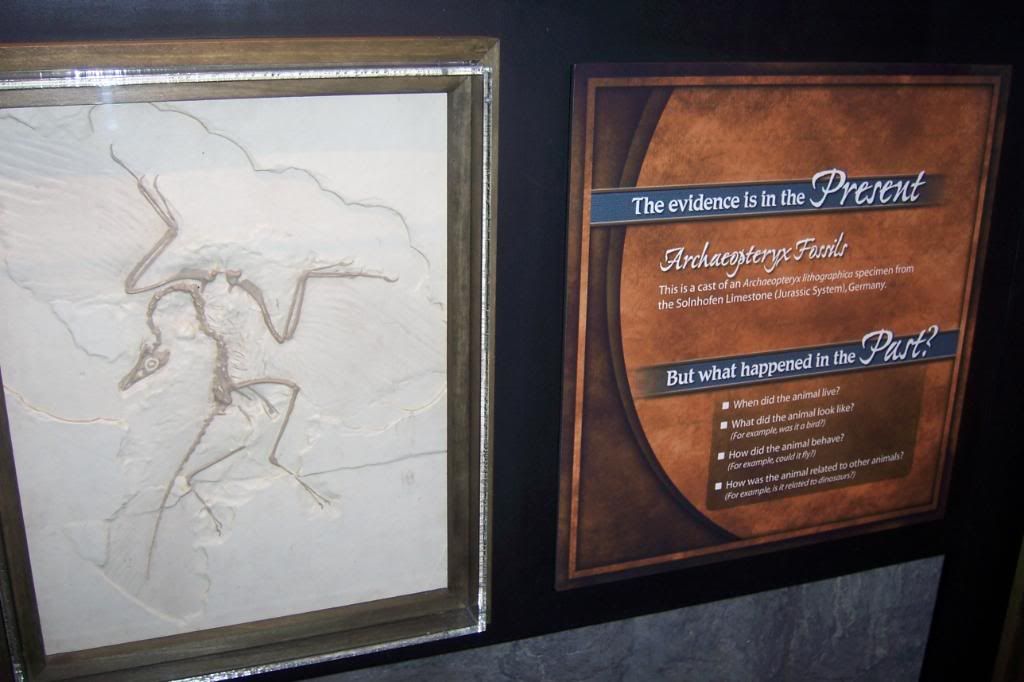
When did the animal live?
This animal lived in the late Jurassic.
What did the animal look like?(For example, was it a bird)
The reconstructions of this animal make it out to be a slightly more dinosaur looking bird, with longer legs, neck, and a slim body. Archaeopteryx is definitely a bird. Of course, from this fossil and others it is now known that many of the dinosaurs we know from
How did the animal behave? (For example, could it fly)
These animals probably did fly, though perhaps not well because of certain key features that this animal has that are somewhere between that of true dinosaurs and of birds. The feathers, however, are very similar to modern birds. It has also been speculated that these animals may have had sexual selection as modern birds, which might have had a hand in the increased rate of evolution in this group of in-betweens.
How is this animal related to other animals? (For example, is it related to dinosaurs)
It is well known at this point that Archaeopteryx shows many characteristics of both birds and dinosaurs. They way that ancestral relationships are preformed by scientists, this places its relationship as somewhere between these two groups.
Lucy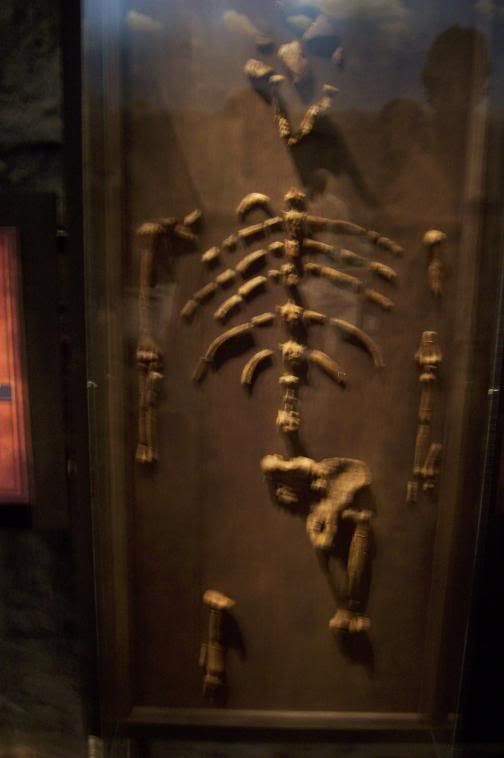
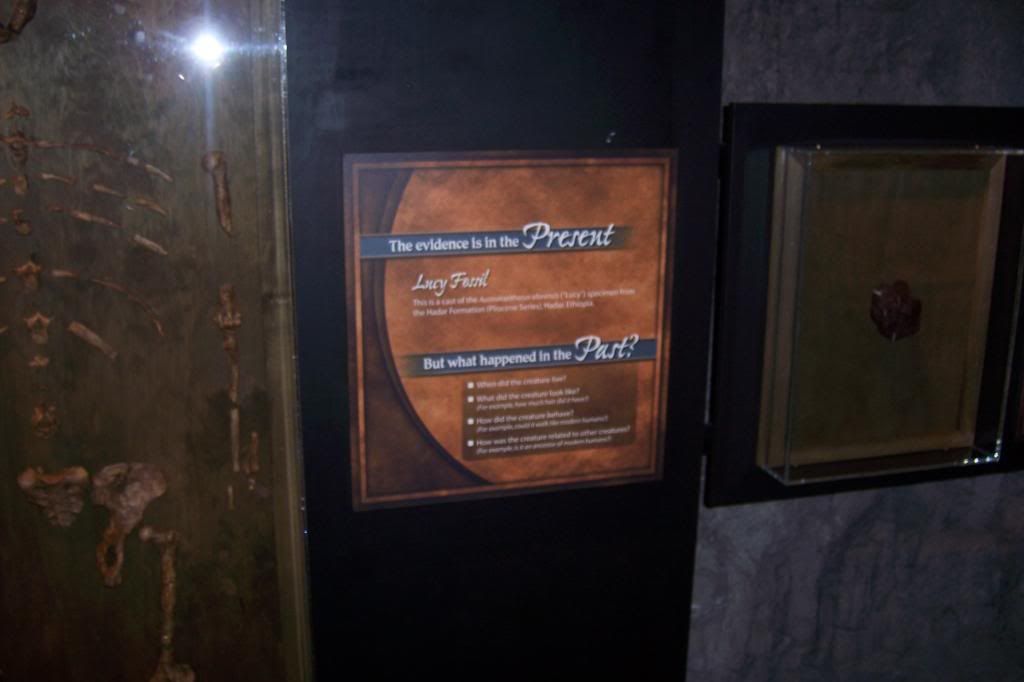
When did this creature live?
This is Australopithecus afarensis and it lived about 3.2 million years ago.
What did this creature look like? (For example, how much hair did it have?)
We can only speculate on things like skin color and hair of ancient animals. In most reconstructions they are shown as hairier than a person, but slightly less hairy than a chimpanzee. Their facial bone structure show us that they probably looked very similar to a chimpanzee or an ape, with a flat nose and a forward jutting jaw.
How did these creatures behave? (For example did they walk like modern humans?)
We do know that this animal walked upright as we did (as we see in their legs), though not as gracefully, and were still probably able to climb in the trees (as we see in their arms). Their gate is different from ours because their hips are between human and ape, and their knees are not exactly the same as ours. However, their knees are definitely upright walking knees.
How was this creature related to other creatures? (For example, is it an ancestor to modern humans?)
Yes.
Meteorites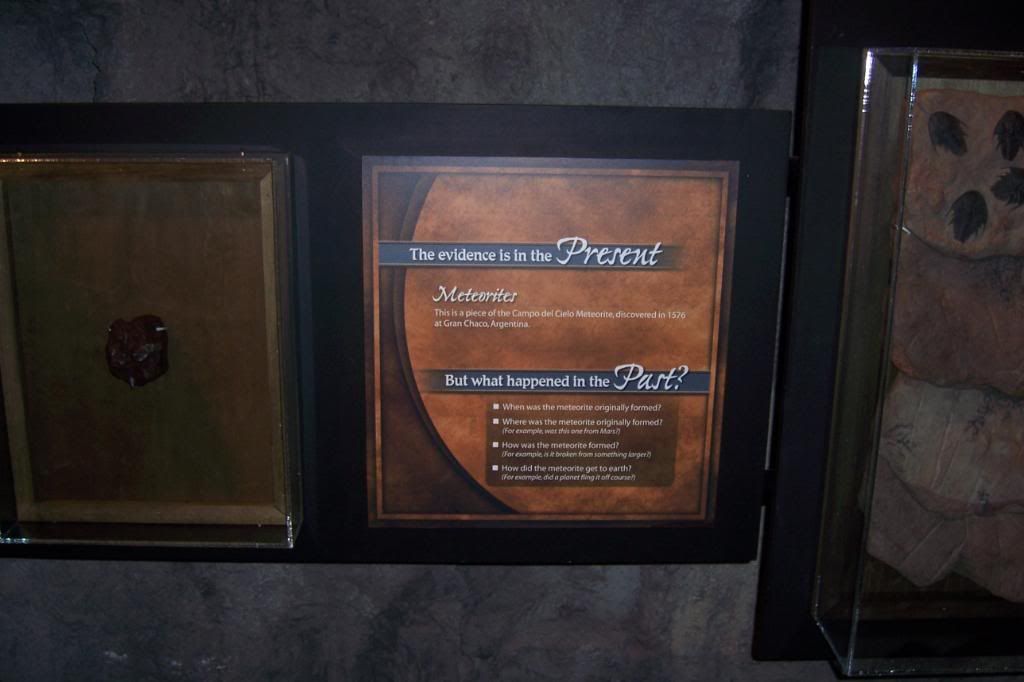
Meteorites are formed in many different ways, in many different places, and in many different times. Without having a geologist look at this particular meteorite, I can give no more information. However, there are geologists who could look at this and speculate to these questions.
Trilobite Tracks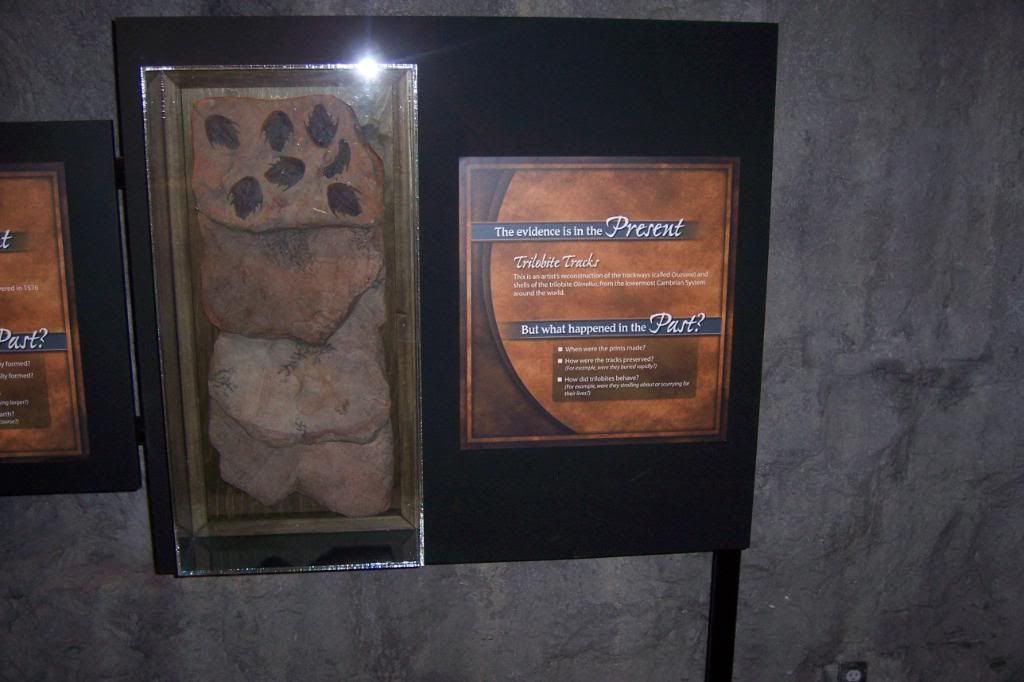
Again, this is not really my field of study, but trilobites are a very cool organism. They were around for 280 million years. Trilobites are studied because of their long existence and because specimens of certain ones are often easy to find (relative to, let’s say, mammal bones). Tracks such as these (though not made my trilobites) help us learn about the fauna before the Cambrian as well (before the “explosion” that is no longer thought of as an explosion). Those tracks can tell us that there were animals that moved in the sediment before there are hard body fossils. This teaches scientists that the beginning of life on the planet was a lot earlier than originally believed. Other than this, there is a lot of information out there about trilobite behavior. We now know that trilobites ate worms that lived in vertical holes by digging into the dirt a little bit, biting the head of the worm and sucking it out of the ground. Pretty cool, huh?
Caves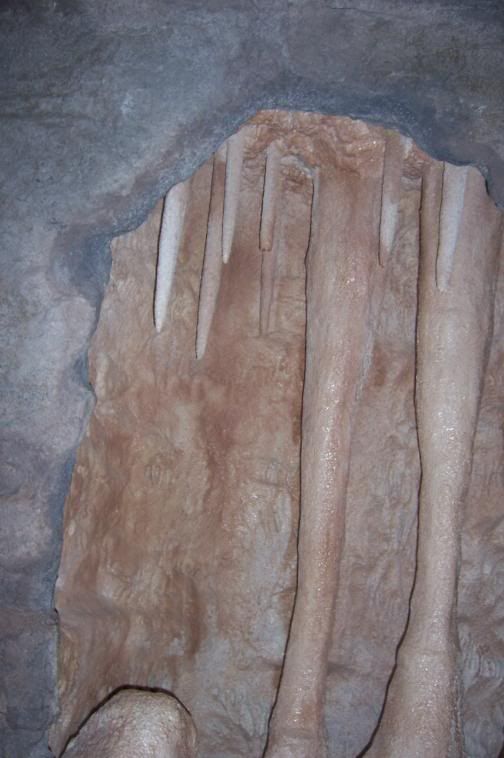
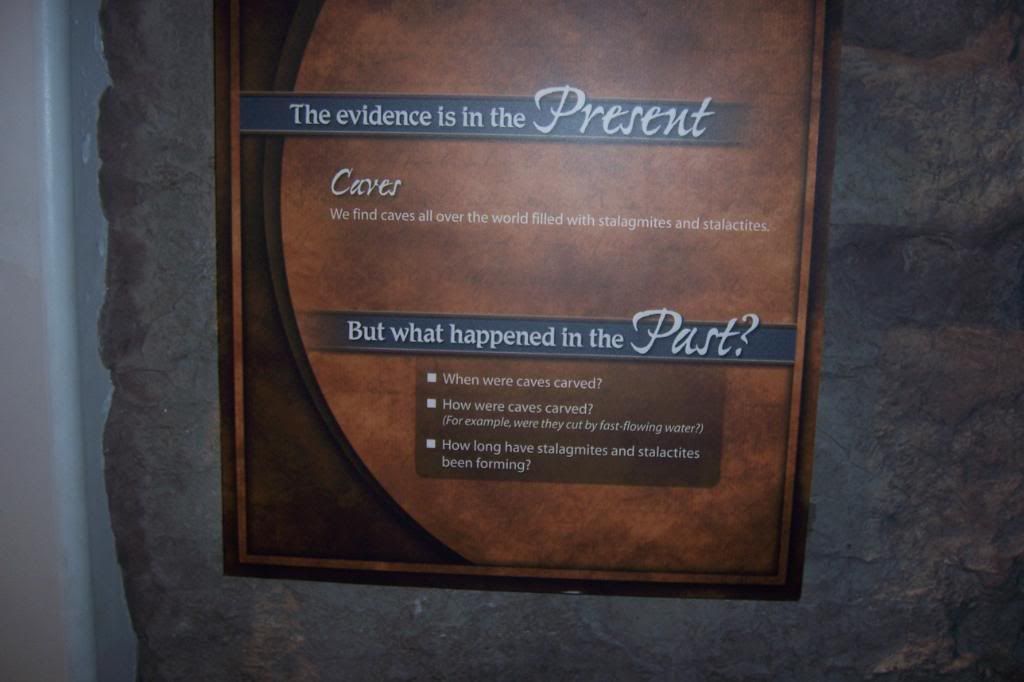
Caves were cut in many different ways. Often by water, or by the shifting of the tectonic plates opening holes where there was once softer rock. The stalagmites and stalactites take thousands and thousands of years to get to the sizes shown here. You can watch stalactites grow over the course of several generations from water running down them. In many caves across the country these are measured yearly to see how much they grow every year- which depends on the amount of water flowing through the top of the cave, and also how much material (usually minerals) are contained in that water.
No comments:
Post a Comment